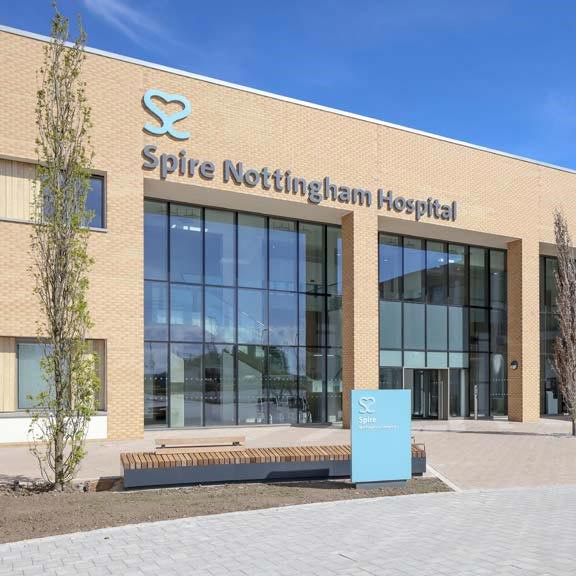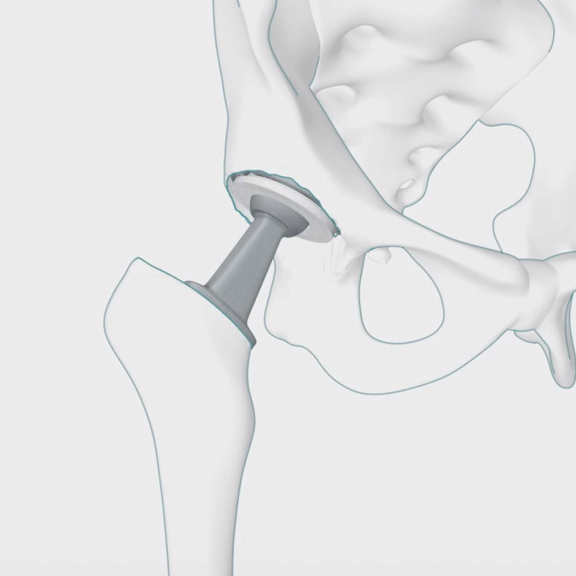Bones and joints
If joint pain, stiffness or injury is affecting your daily life, we’re here to help. At Spire Healthcare, our experienced orthopaedic consultants and specialists offer fast access to diagnosis, physiotherapy and surgery for a wide range of bone, joint and muscle problems.
Related specialties
- Orthopaedics
- Orthopaedics - ankle and foot
- Orthopaedics - elbow and shoulder
- Orthopaedics - hand and wrist
- Orthopaedics - hip and knee
- Orthopaedics - spine
Why Spire?
- Fast access to treatment when you need it
- Fast access to a wide range of treatments
- You can usually see a consultant within a few days of enquiry
Bone and joint problems can be caused by a variety of medical conditions. With fast access to consultations and diagnostic tests and scans, we can provide expert advice to help you make the right decision about your care.
From surgical procedures to non-invasive methods, we offer an extensive range of treatments to help you get back to doing what you love. Our treatments, for a variety of causes, include:
- Joint replacement for disease, such as osteoarthritis
- Joint investigation and treatment through arthroscopy (keyhole surgery) for injuries such as ligament tears
- Physiotherapy for joint pain and sports injury rehabilitation
- Injections for joint pain, such as knee pain, shoulder pain and hip pain
Find your nearest hospital
If you need a diagnosis or would like advice about your treatment options, find your nearest hospital to book an appointment with a Spire GP or to find a consultant.

Select from our range of available bones and joints treatments
- Ankle arthroscopy
- Ankle replacement
- Arthroscopy
- Articular cartilage repair
- Back pain investigations (discography)
- Back surgery (spinal surgery)
- Balloon kyphoplasty
- Bone density scan for osteoporosis
- Carpal tunnel syndrome surgery
- Extracorporeal shockwave therapy (ESWT)
- Gait scanning and orthotics
- High tibial osteotomy
- Hip arthroscopy
- Hip replacement surgery
- Joint manipulation treatment
- Joint pain treatment (joint injections)
- Knee arthroscopy surgery
- Knee ligament surgery
- Knee replacement
- Morton's neuroma excision
- Pain management injections for back and facet joints
- Patello femoral replacement
- Pectus excavatum (Nuss procedure)
- Rotator cuff repair
- Scoliosis correction
- Shoulder arthroscopy
- Shoulder replacement surgery
- Shoulder stabilisation
- Trigger finger release
- Unicompartmental knee replacement
- Vertebroplasty
Frequently asked questions
What are the most common bone and joint problems you treat?
We treat a wide range of musculoskeletal conditions, including arthritis, hip and knee pain, carpal tunnel syndrome, tendon and ligament injuries, sports injuries, and repetitive strain conditions. Our orthopaedic specialists can help you find the right diagnosis and treatment quickly.
How do I know if I need a joint replacement?
You may need a hip, knee or other joint replacement if you have severe pain, stiffness or loss of mobility that affects your daily life and hasn’t improved with physiotherapy or medication. Your consultant will assess your symptoms and scans to help decide if surgery is right for you.
Can I access bone and joint treatment at Spire Healthcare without health insurance?
Yes, you can pay for your treatment directly without private health insurance. We offer self pay treatments and flexible payment options for many procedures, including hip and knee replacements, hand surgery and diagnostic scans.
What happens at my first orthopaedic consultation?
At your first appointment, your consultant will listen to your symptoms, examine the affected area, and may recommend a scan (such as an MRI or X-ray). They will explain your diagnosis and talk through treatment options tailored to you.
How long is recovery after joint or hand surgery?
Recovery times vary depending on the type of surgery. For example, many patients are walking again within days of a hip or knee replacement. Minor procedures like carpal tunnel release often have quicker recovery times. Your consultant and physiotherapist will guide your rehabilitation plan.
What is the difference between orthopaedic surgery and physiotherapy?
Orthopaedic surgery is used to repair or replace damaged bones and joints, while physiotherapy focuses on improving strength, flexibility and pain management through exercise and manual therapy. At Spire, we offer both – and your treatment plan may involve one or both approaches depending on your needs.



